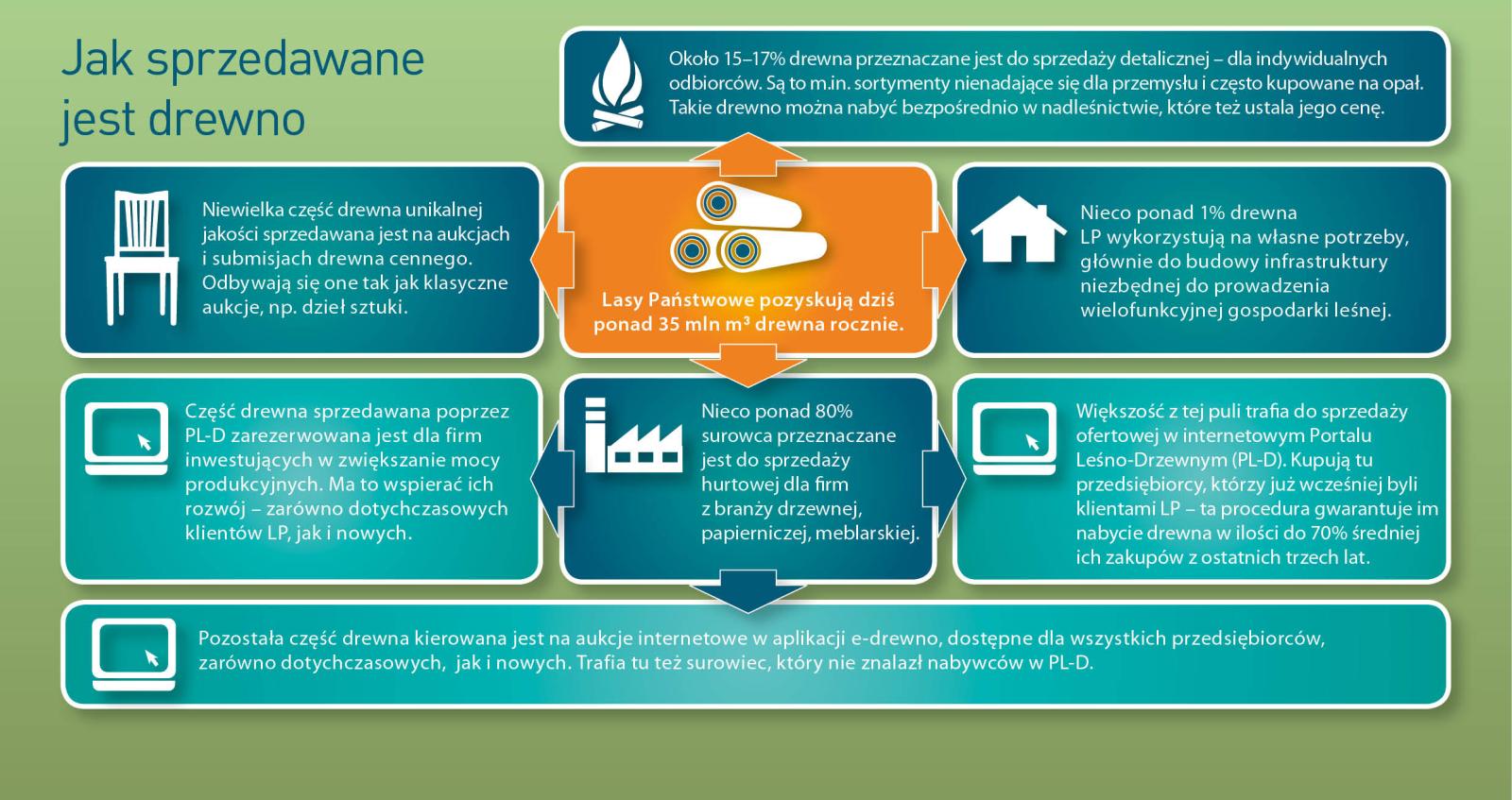 Asset Publisher
Asset Publisher
Sale conditions
Sale conditions of wood are specified by the regulation of Director – General of the Sate Forests.
Within the framework of the individual sale , the foresters try to meet the fast growing demand, because more and more people use wood in order to heat their houses. Contrary to general opinion, these are not only village people, even though they prevail among recipients. The growth of firewood demand is the result of occurrence of new housing estates built in the suburbs of large agglomerations, where houses are usually equipped in fireplace heating installations.
Firewood is not only the most ecological heat source, but also is much more attractive in respect of relation of price and electric efficiency, rather than cola, oil, gas or electric power.
In recent years, the Sate Forests increased the sale of firewood of one third – up to over 4 million cubic meters annually. Firewood is not only the most ecological heat source, but also is much more attractive in respect of relation of price and electric efficiency, rather than cola, oil, gas or electric power. Some of customers choose already prepared and cut into pieces wood, the others very willingly obtain it by themselves after arranging all details and fulfilling particular safety conditions, and after paying the fee; that concerns mainly so called "thinnings". Such a raw material is very cheap, that is why many people from village areas profit from such possibility.
 Asset Publisher
Asset Publisher
 Asset Publisher
Asset Publisher
Mała retencja nizinna
Mała retencja nizinna
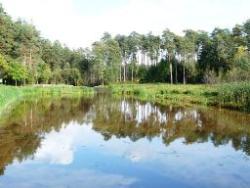 Zbiornik małej retencji w Leśnictwie Jelna
Zbiornik małej retencji w Leśnictwie Jelna
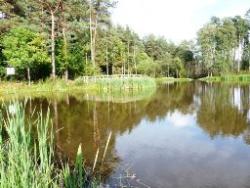 Zbiornik małej retencji w Leśnictwie Jelna
Zbiornik małej retencji w Leśnictwie Jelna
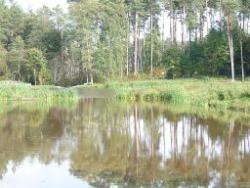 Zbiornik małej retencji w Leśnictwie Jelna
Zbiornik małej retencji w Leśnictwie Jelna
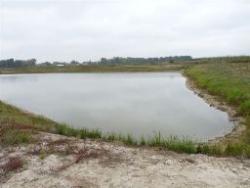 Zbiornik małej retencji w Leśnictwie Kulno
Zbiornik małej retencji w Leśnictwie Kulno
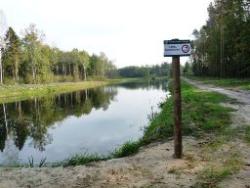 Zbiornik małej retencji w Leśnictwie Zmysłówka
Zbiornik małej retencji w Leśnictwie Zmysłówka
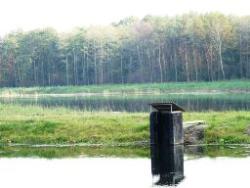 Zbiornik małej retencji w Leśnictwie Zmysłówka
Zbiornik małej retencji w Leśnictwie Zmysłówka
 Zbiornik małej retencji w Leśnictwie Zmysłówka
Zbiornik małej retencji w Leśnictwie Zmysłówka
„Zwiększanie możliwości retencyjnych oraz przeciwdziałanie powodzi i suszy w ekosystemach leśnych na terenach nizinnych"
RETENCJA NIZINNA
Projekt pn. „Zwiększanie możliwości retencyjnych oraz przeciwdziałanie powodzi i suszy w ekosystemach leśnych na terenach nizinnych" realizowany w ramach III Priorytetu Programu Operacyjnego Infrastruktura i Środowisko.
Budżet projektu: ok. 196 mln zł.
Czas realizacji: 2007 – 2014 r.
Beneficjent: Państwowe Gospodarstwo Leśne Lasy Państwowe.
Celem projektu jest retencja wód powierzchniowo-gruntowych w obrębie zlewni przy jednoczesnym zachowaniu i wspieraniu krajobrazu naturalnego. Realizacja działań w projekcie przyczynia się do zatrzymania nadmiaru wód opadowych na terenach leśnych, spłaszczenia fali powodziowej w niższych partiach zlewni, odtworzenia naturalnych warunków wodnych torfowisk i mokradeł oraz podtrzymania poziomu wód gruntowych i podziemnego zasilania źródlisk.
Projekt realizowany na terenie 178 nadleśnictw w 17 regionalnych dyrekcjach Lasów Państwowych
W ramach RDLP w Krośnie w projekcie uczestniczą nadleśnictwa: Głogów, Jarosław, Kolbuszowa, Leżajsk, Oleszyce, Sieniawa i Tuszyma. W wyniku realizacji projektu zostanie wykonanych 13 zbiorników o możliwości retencjonowania wody w ilości ok. 330 000 m3. Łączny szacowany koszt wydatków kwalifikowanych wynosi ok. 3,7 mln zł netto.
- Czerwone Pole
- Wysieki
- Wesoła




